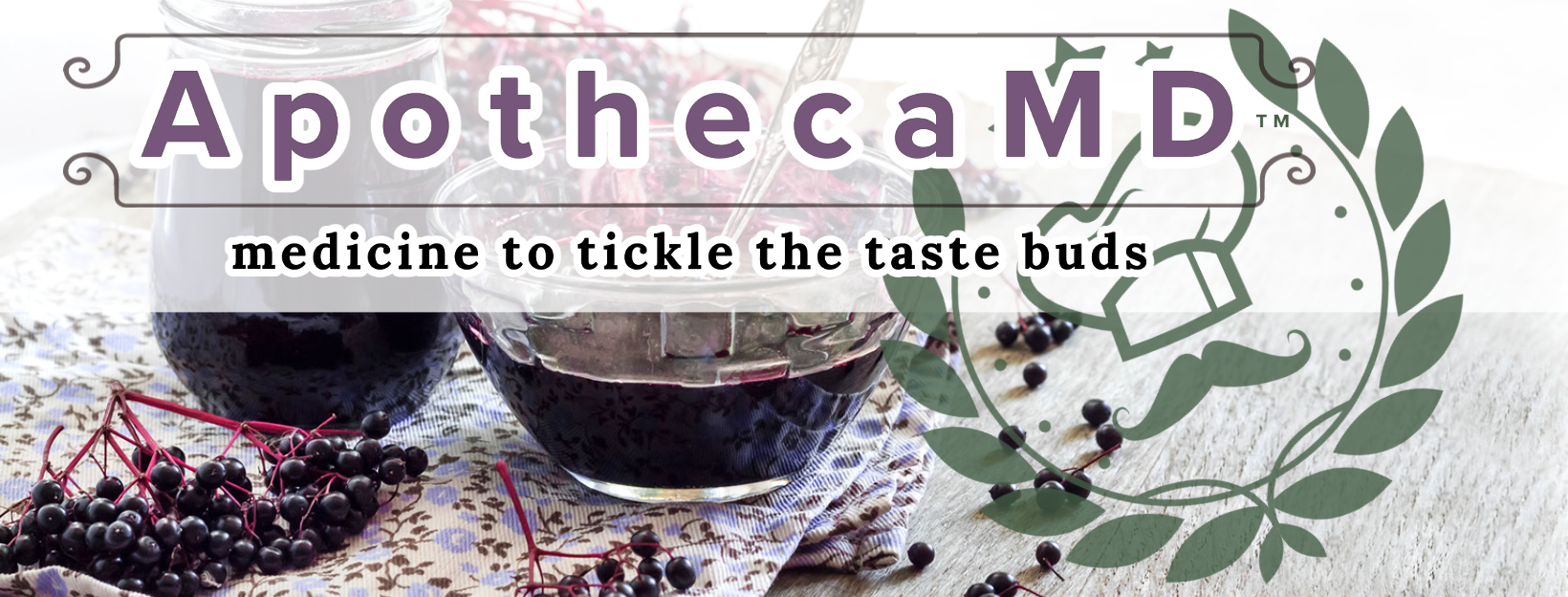Patterns of Substance Use During Early Pregnancy and Associations With Behavioral Health Characteristics
J Addict Med. 2023 May-Jun 01;17(3):e141-e147. doi: 10.1097/ADM.0000000000001090. Epub 2022 Oct 16.
ABSTRACT
OBJECTIVES: The aims of the study are to identify patterns of early pregnancy substance use and to examine how these patterns relate to behavioral health conditions measured in early pregnancy.
METHODS: We conducted a retrospective observational study (N= 265,274 pregnancies) screened for alcohol, cannabis, nicotine, pharmaceutical opioids, and stimulants during the first trimester via self-report and urine toxicology tests in Kaiser Permanente Northern California from January 1, 2012, to December 31, 2019. To identify patterns of prenatal substance use, we conducted latent class analysis. We then calculated the prevalence of depression, anxiety, intimate partner violence, and family drug use history for each prenatal substance use group and compared the prevalences by estimating prevalence ratios using modified Poisson regression, adjusting for sociodemographic characteristics.
RESULTS: We identified the following 4 latent groups with different patterns of substance use: ( a ) predominantly alcohol and no other substances (9.30%), ( b ) predominantly cannabis and no other substances (4.88%), ( c ) predominantly nicotine and some pharmaceutical opioids (1.09%), and ( d ) high-polysubstance (alcohol, cannabis, nicotine, and stimulants; 0.36%); these pregnancies were compared with ( e ) no prenatal substance use (84.37%). The prevalence of all behavioral health conditions was elevated in all prenatal substance use groups compared with the no substance use group. Furthermore, the prevalence of depressive and anxiety disorders, intimate partner violence and family drug use history were greater in the high-polysubstance cluster than the alcohol and cannabis clusters.
CONCLUSIONS: Results highlight the importance of screening and interventions for all types of substance use during early pregnancy and suggest a particularly high need to prioritize targeting early interventions to pregnant and reproductive age individuals with polysubstance use.
PMID:37267164 | DOI:10.1097/ADM.0000000000001090

